Nikon D3500 and Canon M50 have become popular alternatives to traditional DSLR cameras. Nikon D3500 was launched in August 2018 as an entry-level DSLR camera. Canon M50 was launched in February 2018 as an Entry-level mirrorless camera.
Both of them have 24.0MP APS-C sensors. Also, the Nikon D3500 and Canon M50 have the same technology level and age required for a fair gadget comparison.
Plus, both of them are lightweight, portable, and have enhanced camera focus that helps them to qualify as a serious DSLR alternative for professionals as well as amateur or camera enthusiasts.
So, many people interested in photography want to know which is better regarding image quality. If you are also eager to learn about it, keep on reading.
Here, we will do a quick comparison of the Nikon D3500 vs. Canon M50 image quality. So, let us begin.
Nikon D3500 and Canon M50 Overview
Nikon D3500 came to the market as an entry-level DSLR camera that replaced the previous Nikon model D3400. The camera has some amazing features, such as an Anti-aliasing (AA) filter, ISO – 100-25600, and 365g. 124 x 97 x 70 mm, 5.0fps for continuous shots, optical viewfinder, 1920× 1080 resolution and many others.
Canon M50 from Canon is an entry-level mirrorless camera. It is also a great alternative to DSLRs. Canon M50 also has multiple amazing features like ISO 100-25600, 2360k dot Electronic viewfinder, and 390g. 116 x 88 x 59 mm, 10.0fps continuous shooting, 3840 x 2160 video resolution and more.
Below, we will discuss both of them in more detail.
Nikon D3500 and Canon M50 Sensor Comparison
Camera sensors are a crucial part of comparing the image quality of different cameras. Both Canon M50 and Nikon D3500 have 24.0MP APS-C sensors. So, if you want to compare their sensors, there is not much difference between them. Nikon D3500 and Canon M50 cameras have the same sensor resolution and size to offer.
But if you look at the anti-alias filter Nikon lacks, then the Canon M50. Removing the filter will help to enhance detailing and sharpness but also increase the chances of moiré in photography. On the other hand, the Nikon D3500 sensor size is 1.1× larger than the Canon M50, which offers more control over depth in detail and background blur.
Nikon D3500 and Canon M50 Lense Comparison
Another essential factor in the Nikon D3500 and Canon M50 image quality comparison is lens comparison. When comparing both of their lenses, you can see a significant difference. Nikon D3500 has more variation than Canon M50. There are 316 lenses available in the Nikon F-Mount, whereas Canon M50 EF-Mount has only 29 lenses.
Also, both of them do not have image stabilization. So, you need to buy lenses with an IS feature for both. Currently, there are 107 IS lenses available for Nikon F-Mount and 6 for Canon M50 EF-M lens mount.
Nikon D3500 and Canon M50 Image Comparison
Here is a brief image quality comparison of Nikon D3500 vs. Canon M50 in different types of photography aspects-
1. Portrait Photography
In portrait photography, the Nikon D3500 offers a large APS-C sensor of 23.5×15.6. Also, the resolution is very high (24.0MP), with a built-in optical viewfinder and excellent ergonomics and handling.
On the other hand, Canon M50 also provides a large APS-C sensor of 22.3×14.9. It also has an electronic built-in viewfinder and high resolution (24.0MP). However, both of them do not have image stabilization features.
2. Street Photography
Regarding street photography, the Nikon D3500 offers several helpful features like a built-in optical viewfinder, face detection, and live view (that lets you take pictures without using the viewfinder). However, the size and unavailability of IS are two big drawbacks.
While Canon M50 offers more helpful features like live view, face detection, an electronic built-in viewfinder, a competitively light body, a large sensor, and a fully articulated LCD screen, it also does not have the IS.
3. Daily Photography
For daily photography, the Nikon D3500 has a large sensor (APS-C 23.5×15.6mm), which is quite effective. But the weight (365g) and size(70mm) are a big con of this camera.
In comparison, Canon M50 offers a sensor size of APS-C 22.3×14.9 mm. Also, the camera body is medium with 390g weight and 59mm in thickness.
4. Sports Photography
Nikon D3500 offers multiple essential features for sports photography, such as an Optical viewfinder, good ergonomics and handling, 1/4000s fast max shutter speed, good battery, 11 focus points, and good slow light ISO. But the continuous shooting speed is average (0.5fps), and no IS and environment sealing is available.
With Canon M50, you get the same shutter speed, viewfinder, ergonomics and handling better focus points (143), and continuous shooting speed (10fps). However, the battery life is poor, and it also does not have environment sealing or IS.
Summing It Up
Nikon D3500 and Canon M50 both have the same launching year and technology levels. Also, both of them are popular entry-level DSLR alternatives in the market.
But they also have certain unique features that help them stand out. In this Nikon D3500 vs. Canon M50 image quality comparison, we have learned about their strengths and weaknesses.
Nikon D3500 offers a larger sensor size, resolution, and more options for IS lenses; Canon offers better viewfinder coverage, continuous shooting speed, focus points, and higher resolution. Also, they do not have features like IS and environment sealing.
If you are still curious about these cameras, you can save this blog and share your queries in the comment box below.

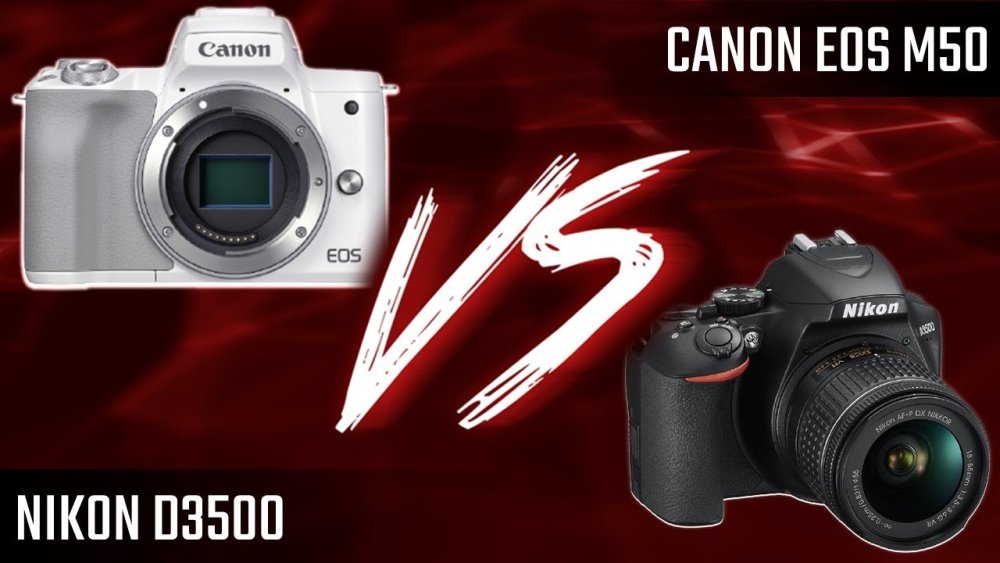
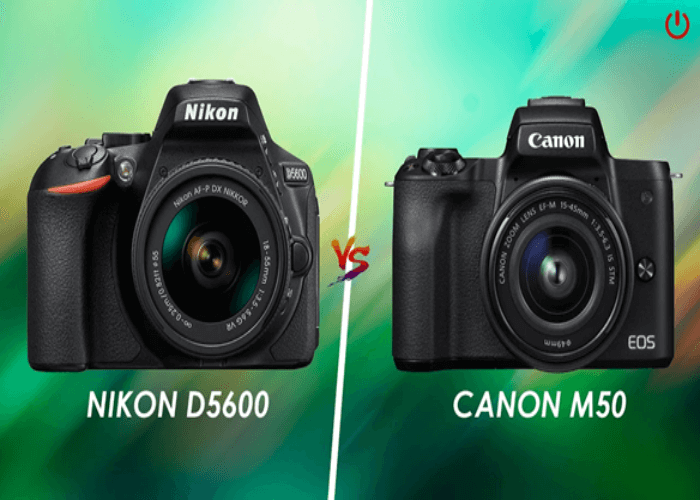

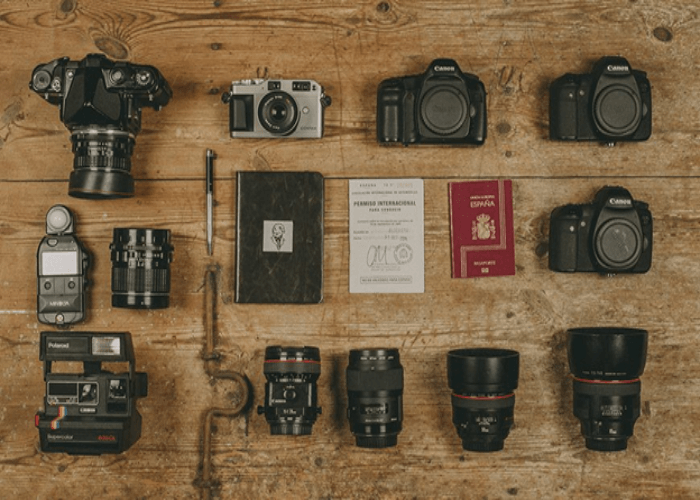
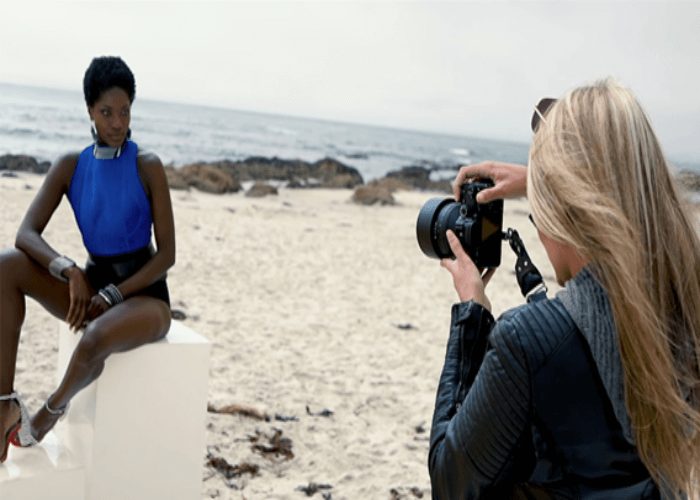
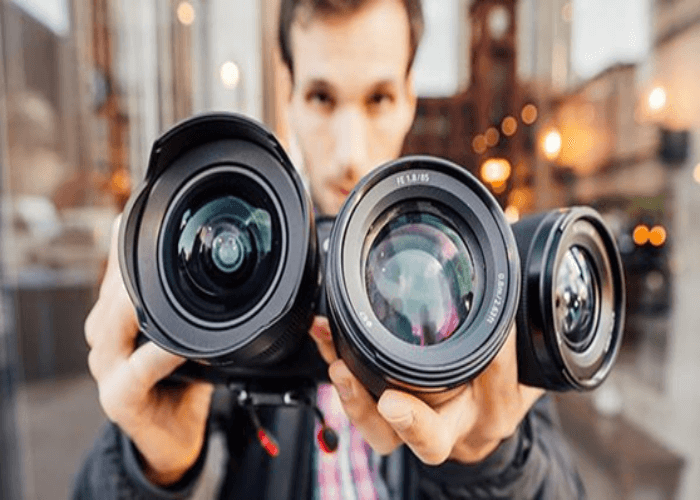
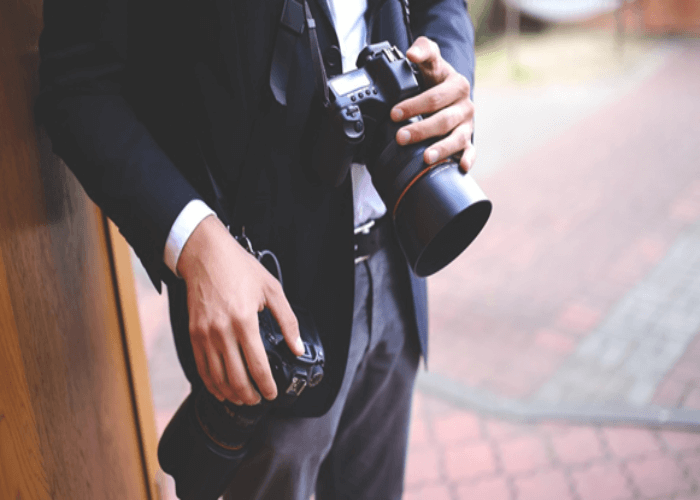
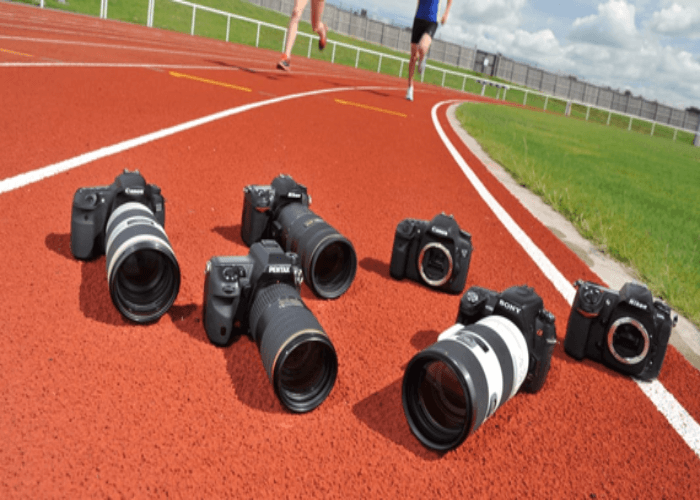
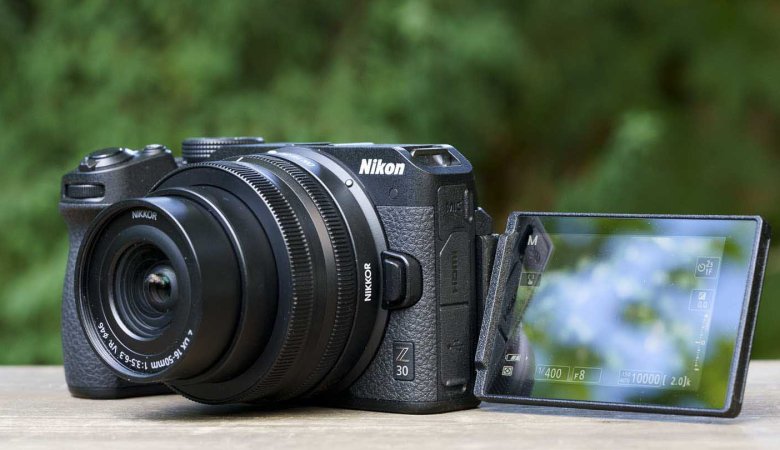
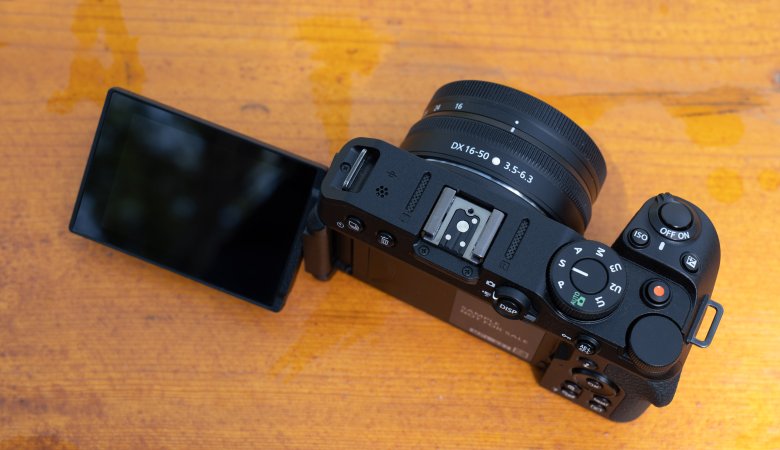
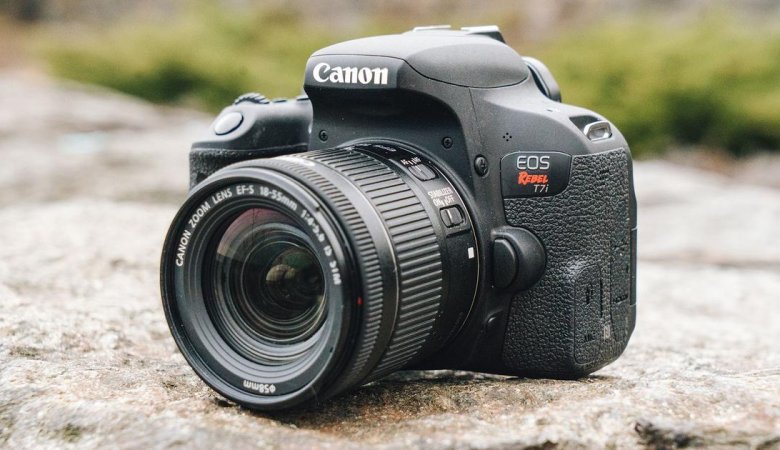
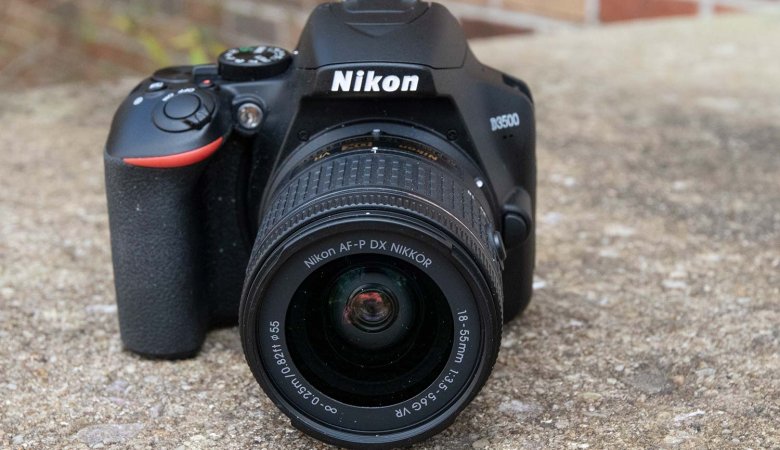
Leave a Reply